Introduction
AKVIS Neon is an Adobe Photoshop-compatible plug-in that converts your pictures into glowing lines. Once you apply an effect, you can adjust parameters to achieve variations: from blurry and hazy glow to clear and sharp contour lines. Additionally, you can add text, apply canvas textures, and crop pictures as required. AKVIS Neon also provides batch processing options that save time if you are working with multiple pictures.
AKVIS Neon is from AKVIS, a company based in Russia that specializes in graphic programs. Apart from Neon, AKVIS also creates other Photoshop plug-ins like Pastel, OilPaint, AirBrush, Sketch, ArtWork, Refocus, Retoucher, Chameleon, MultiBrush, Enhancer, Decorator, Coloriage, etc.
You can download a free 10-days trial version of Neon from the AKVIS site.
My contact at AKVIS for this review was Kat Kharina. Thank you, Kat.
Back
How To Use
Once Neon is installed, follow these steps or just read along for a quick walkthrough of Neon.
- Launch an image editor such as Adobe Photoshop (where you installed the Neon plug-in) and open any picture.
- Choose the Filter | AKVIS | Neon option, as shown in Figure 1, below.

Figure 1: Neon plug-in within the Filter menu - Doing so opens the image within the AKVIS Neon interface, as you can see in Figure 2, below.
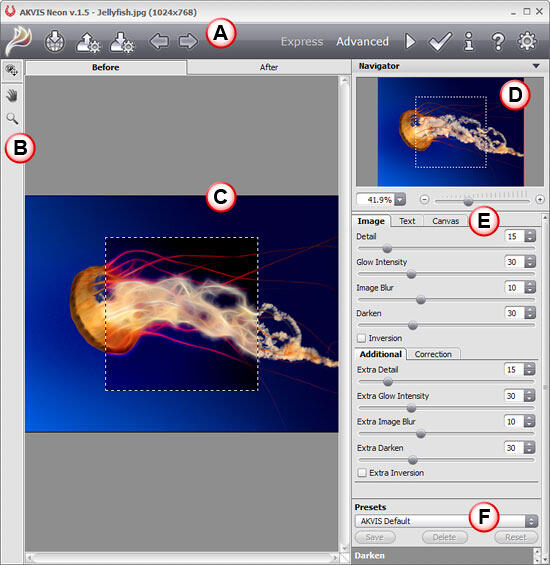
Figure 2: AKVIS Neon interface - The AKVIS Neon interface is explained below. Each area corresponds to an area marked in Figure 2, above:
A. Buttons
- This section provides options to undo/redo, share, import/export presets, start processing the image, and to apply the results to the image. There are also buttons to launch the information dialog, help files, open the AKVIS Neon web page, and the Preferences dialog box.
B. Tools
- Here you can access the following selection tools:
Preview Window
- Preview Window tool enables you to show/hide the preview window. This is the same preview that you can see within the After window (see point C). Only in this case you see the After Preview in a square frame outlined with a dotted line (marching ants). The size of this frame is 500x500 pixels and can be changed within the Preferences dialog box.
Hand
- Hand to pan the picture within the preview section, especially if it’s zoomed.
Zoom
- Zoom is used to zoom in the picture. You can also press the Alt key along with the same option to zoom out.
- There are some post-processing tools also which appear within the After tab, as shown later on this page in Figure 5 (only for the Deluxe/Business version):
Smudge
- Smudge is for mixing colors in the picture and removing irregularities.
History Brush
- History Brush enables you fade the neon effect and restore the image to its original state.
C. Preview
- Preview has two tabs: Before and After, to show the previews of both the original and changed images.
D. Navigator
- On the top right, you'll find the Navigator. This also lets you choose the area of the image to be shown in the Preview pane.
E. Settings Panel
- Settings Panel has three tabs of settings: Image, Text, and Canvas:
- Within the Image tab you can adjust the settings for neon effect (refer to Figure 2, above).
- The Text tab (see Figure 3, below) enables you to personalize your output by adding a signature, creating a postcard, or inserting a logo/watermark to your image.
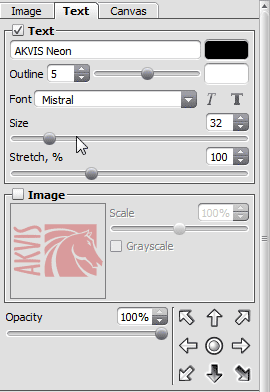
Figure 3: Text tab within the Settings Panel - In the Canvas tab (see Figure 4, below) you can adjust the settings for the canvas, to which the resulting image is applied.

Figure 4: Canvas tab within the Settings Panel F. Presets
- The Presets area enables you to save the current settings as a preset to use them in the future. There are 35 ready-to-use presets.
- Play with the parameters, or choose from any of the available presets. When you get the results you want, apply the changes to the preview by clicking the Run button that you can see below.

- This applies the effect and creates a preview of the changed image in the After tab, as shown in Figure 5, below.
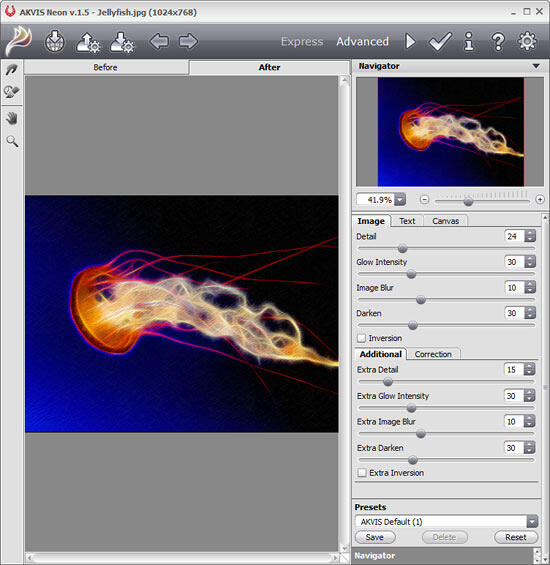
Figure 5: Preview the changes - Once you’re happy with the preview, apply the result to the image by clicking the Apply button, shown below to return to the image editor.

Here are some Before and After samples created using AKVIS Neon:



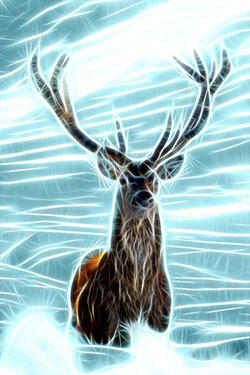
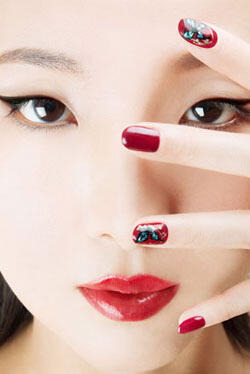
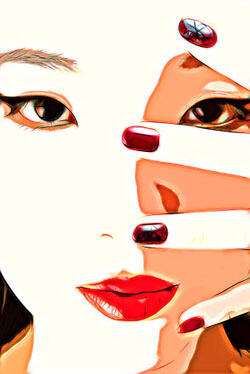
Back
Specifications
| Photoshop Versions: |
Photoshop 6 and higher |
| Platforms: |
Windows, Mac |
| Site: |
AKVIS |
| Price: |
USD $39 and above |
| Trial Version: |
Available
|
Back












